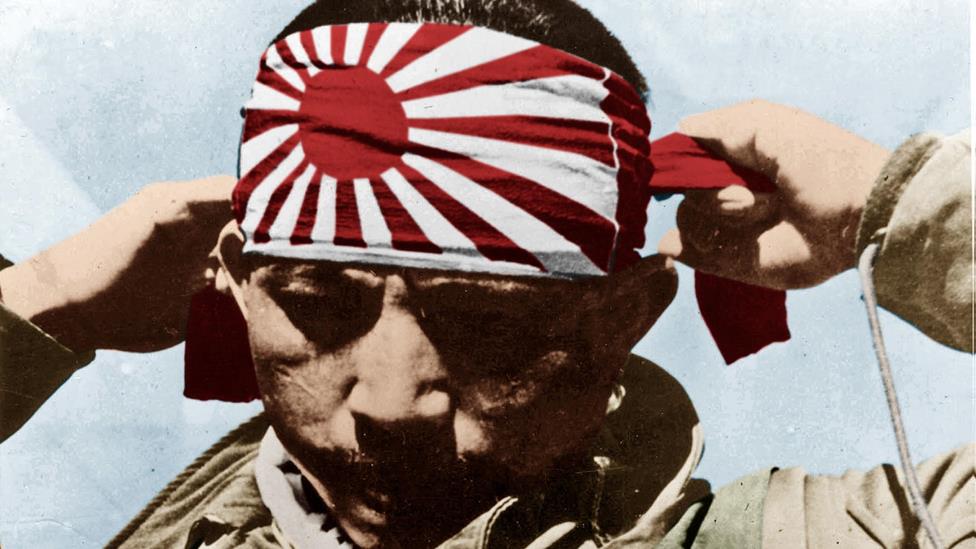People need to fall into categories… not because people are so easy to categorize, but because it’s human nature to try to find context for oneself.
It holds true for every sphere of human endeavor, from scientific to domestic.
Trading is no exception.
For those new to the practice of stock trading, there is a lot of advice out there.
But I think the logical starting point is figuring out exactly what sort of investor you are.
What sort of risk levels are you comfortable with? What sort of industrial focus do you prefer? How nervous are you, generally? What are you looking for out of your portfolio?
Answering these questions will help you to categorize yourself as one type of investor or another, but more importantly, it will help you figure out how to manage your investments in ways conducive to your desired goal.
In no specific order, here are the five general classes of stock trader — as defined by their goals and traits.
The Monk
This is the measured, unemotional style of trading.

If you’re a monk, you don’t care about the industry or the company, per se. You care about the research, the trends, the support levels, and, most of all, the upside potential — regardless of whether the expected hold time is measured in days or years.
Monks are patient traders, not quickly taken in by salesy press releases and investor-relations promotional campaigns.
They will not go in for the “momentum” trade because, as with all things relying on momentum, trades like this have to be made in a timely manner.
A monk will not be rushed into a decision, no matter how strong the evidence is, unless there is time to contemplate and consider the options and potential pitfalls.
Monks will do well in the long run but not so well as to retire in short order. However, over the course of years or decades, a committed monk will build wealth in a gradual, reliable manner.
The Samurai

Samurais, like their razor-sharp katana, prefer the focused approach to trading.
They know what they like, and, more importantly, they have a deep understanding of it — or at least a deep interest.
They will not dabble in random trades on rumor or trend, preferring instead to operate within a given industrial sphere where they have an innate grasp of where things are and where they’re going.
Samurais are risk-insensitive, but this can also be detrimental, as they will at times go down with the ship on faith and stubbornness alone.
During bullish market periods, samurais do better… However, their clinginess to certain sectors makes this same virtue a liability when the markets sour.
The Kamikaze
This is a samurai on steroids — and he will stick to his guns no matter what happens.

The kamikaze, as the name implies, is fearless. He will invest in the most speculative stock there is and wait it out until the stock either hits zero or explodes into quadruple-digit gains.
It’s an all-or-nothing sort of trading philosophy that’s usually the hallmark of a relative newbie to the practice (as most kamikaze pilots were, as well).
During bullish periods in the markets, kamikazes have the potential to make the greatest gains in the shortest periods of time.
The main pitfall — other than a sudden correction, of course — is too much commitment to the cause. A kamikaze that fails to sell for a 400% gain in anticipation of 1,000% gains is a classic example of one destined to crash and burn.
With a slightly more measured approach and just the right amount of awareness as to where general investor mood is taking the markets, a kamikaze can do great things… But the dangers of this kind of approach are also the greatest.
The Ninja
With a good balance of fearlessness and mobility, the ninja combines qualities from both the samurai and the monk, but without the slow, contemplative approach of the latter or the blindly committed nature of the former.

Ninja investors move rapidly from one trade to another, seeing no problem whatsoever in cutting losses in order to move onto more promising trades.
There are risks with this calm, quick-to-action approach, however — and that’s the dreaded “whipsaw.”
Ninja investors are always ready to cut and run, which can cause waste in the event that a stock rebounds after a momentary correction.
The ninja also ends up paying more in commissions if he operates through a live broker.
However, despite these potential problem areas, the highly mobile, unemotional trading style has the potential to do really well in the long run.
Usually reserved for the more experienced traders, ninja-style trading requires a good understanding and fast decision-making.
In bullish periods, it has the greatest potential for gains. Bearish trends, however, have the potential to bury a ninja under layers of loss.
The Poet
This is the most common kind of beginner.

Emotional, reserved, and generally afraid to pull the trigger on a trade, a poet may occasionally resemble a monk in terms of time taken to make a decision — but do not mistake hesitation for careful planning.
Where a monk takes his time and thinks things through, the poet simply takes time to get up the nerve to trade in the first place — and doesn’t benefit from overthinking.
But the trouble doesn’t end there… Show a poet a modest gain, and he’ll want to sell. Show him a modest decline, and he’ll also want to sell.
Driven by baser instincts, poets are their own worst enemies and should be counseled against making too many decisions without proper help.
However, there is a light at the end of the tunnel.
While most traders start off as poets, few who stick with it remain as such. With experience comes a thicker skin and desensitized emotional response.
The risks are numerous with this approach, but for many, this is a necessary part of maturing as an investor. Those who remain poets generally don’t last long.
Are You the Rule or the Exception?
Of course, we don’t all neatly fit into these categories. Some of us are ninjas sometimes and kamikazes other times.
Some of us go from poet to kamikaze and back again, depending on the last trade.
The main takeaway from learning these distinct personality types is identifying which one you most closely match and learning to minimize the risk inherent to that philosophical approach — as well as maximize the benefits.
{$custom_ptt_alex_signoff}